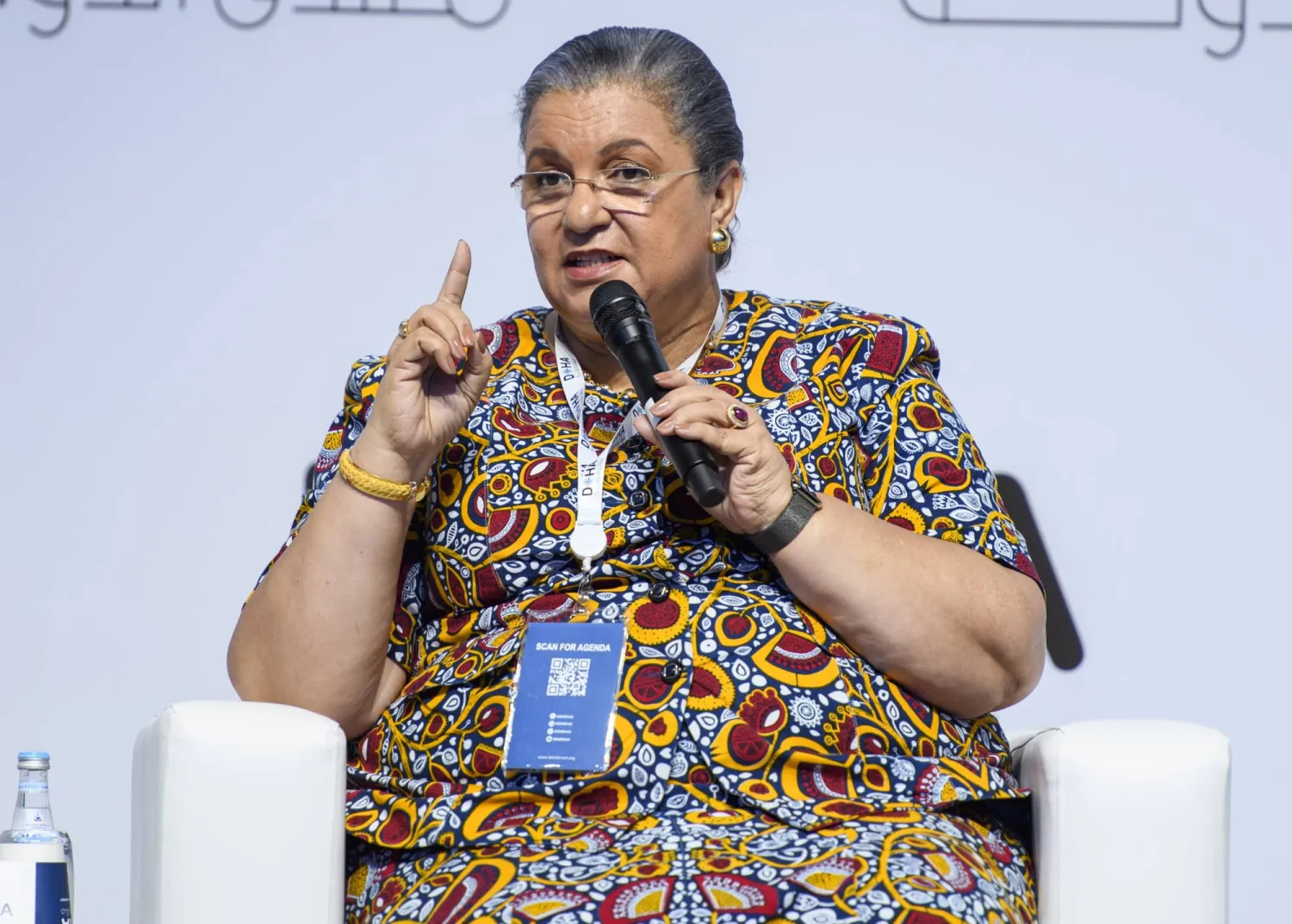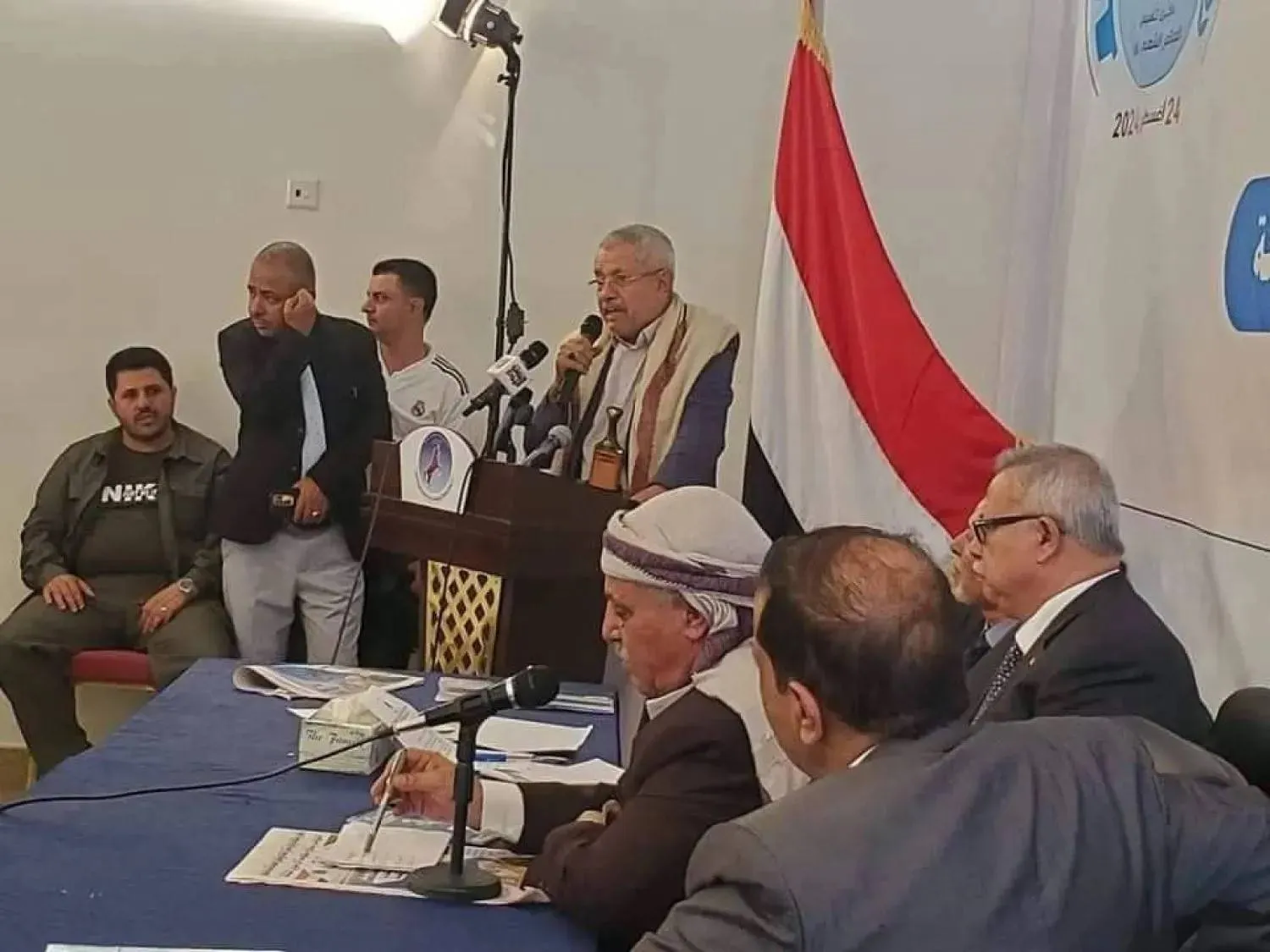Long-horned cattle wade through flooded lands and climb a slope along a canal that has become a refuge for displaced families in South Sudan. Smoke from burning dung rises near homes of mud and grass where thousands of people now live after floods swept away their village.
“Too much suffering,” said Bichiok Hoth Chuiny, a woman in her 70s. She supported herself with a stick as she walked in the newly established community of Pajiek in Jonglei state north of the capital, Juba, The Associated Press said.
For the first time in decades, the flooding had forced her to flee. Her efforts to protect her home by building dykes failed. Her former village of Gorwai is now a swamp.
“I had to be dragged in a canoe up to here,” Chuiny said. An AP journalist was the first to visit the community.
Such flooding is becoming a yearly disaster in South Sudan, which the World Bank has described as “the world’s most vulnerable country to climate change and also the one most lacking in coping capacity."
More than 379,000 people have been displaced by flooding this year, according to the UN humanitarian agency.
Seasonal flooding has long been part of the lifestyle of pastoral communities around the Sudd, the largest wetlands in Africa, in the Nile River floodplain. But since the 1960s the swamp has kept growing, submerging villages, ruining farmland and killing livestock.
“The Dinka, Nuer and Murle communities of Jonglei are losing the ability to keep cattle and do farming in that region the way they used to,” said Daniel Akech Thiong, a senior analyst with the International Crisis Group.
South Sudan is poorly equipped to adjust. Independent since 2011, the country plunged into civil war in 2013. Despite a peace deal in 2018, the government has failed to address numerous crises. Some 2.4 million people remain internally displaced by conflict and flooding.
The latest overflowing of the Nile has been blamed on factors including the opening of dams upstream in Uganda after Lake Victoria rose to its highest levels in five years.
The century-old Jonglei Canal, which was never completed, has become a refuge for many.
“We don’t know up to where this flooding would have pushed us if the canal was not there,” said Peter Kuach Gatchang, the paramount chief of Pajiek. He was already raising a small garden of pumpkins and eggplants in his new home.
The 340-kilometer (211-mile) Jonglei Canal was first imagined in the early 1900s by Anglo-Egyptian colonial authorities to increase the Nile’s outflow towards Egypt in the north. But its development was interrupted by the long fight of southern Sudanese against the Sudanese regime in Khartoum that eventually led to the creation of a separate country.
Gatchang said the new community in Pajiek is neglected: "We have no school and no clinic here, and if you stay for a few days, you will see us carrying our patients on stretchers up to Ayod town.”
Ayod, the county headquarters, is reached by a six-hour walk through the waist-high water.
Pajiek also has no mobile network and no government presence. The area is under the control of the Sudan People’s Liberation Movement-in-Opposition, founded by President Salva Kiir’s rival turned Vice President Riek Machar.
Villagers rely on aid. On a recent day, hundreds of women lined up in a nearby field to receive some from the World Food Program.
Nyabuot Reat Kuor walked home with a 50-kilogram (110-pound) bag of sorghum balanced on her head.
“This flooding has destroyed our farm, killed our livestock and displaced us for good," the mother of eight said. “Our old village of Gorwai has become a river.”
When food assistance runs out, she said, they will survive on wild leaves and water lilies from the swamp. Already in recent years, food aid rations have been cut in half as international funding for such crises drops.
More than 69,000 people who have migrated to the Jonglei Canal in Ayod county are registered for food assistance, according to WFP.
“There are no passable roads at this time of the year, and the canal is too low to support boats carrying a lot of food,” said John Kimemia, a WFP airdrop coordinator.
In the neighboring Paguong village that is surrounded by flooded lands, the health center has few supplies. Medics haven’t been paid since June due to an economic crisis that has seen civil servants nationwide go unpaid for more than a year.
South Sudan’s economic woes have deepened with the disruption of oil exports after a major pipeline was damaged in Sudan during that country's ongoing civil war.
“The last time we got drugs was in September. We mobilized the women to carry them on foot from Ayod town,” said Juong Dok Tut, a clinical officer.
Patients, mostly women and children, sat on the ground as they waited to see the doctor. Panic rippled through the group when a thin green snake passed among them. It wasn't poisonous, but many others in the area are. People who venture into the water to fish or collect water lilies are at risk.
Four life-threatening snake bites cases occurred in October, Tut said. “We managed these cases with the antivenom treatments we had, but now they’re over, so we don’t know what to do if it happens again.”
As Flooding Becomes a Yearly Disaster in South Sudan, Thousands Survive on the Edge of a Canal

Children ride in a small canoe around the area where they live in Jonglei state, South Sudan. (Photo: AP)

As Flooding Becomes a Yearly Disaster in South Sudan, Thousands Survive on the Edge of a Canal

Children ride in a small canoe around the area where they live in Jonglei state, South Sudan. (Photo: AP)
لم تشترك بعد
انشئ حساباً خاصاً بك لتحصل على أخبار مخصصة لك ولتتمتع بخاصية حفظ المقالات وتتلقى نشراتنا البريدية المتنوعة







